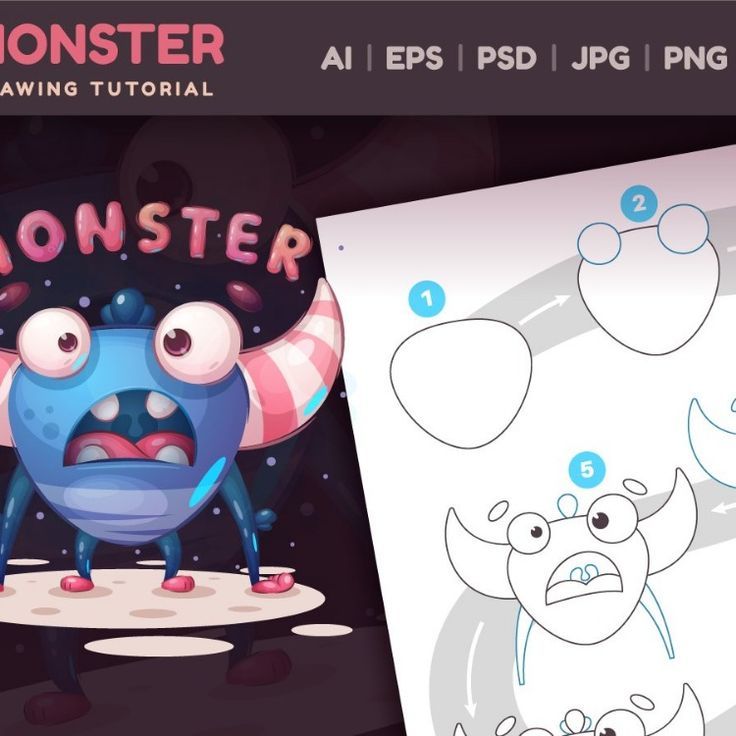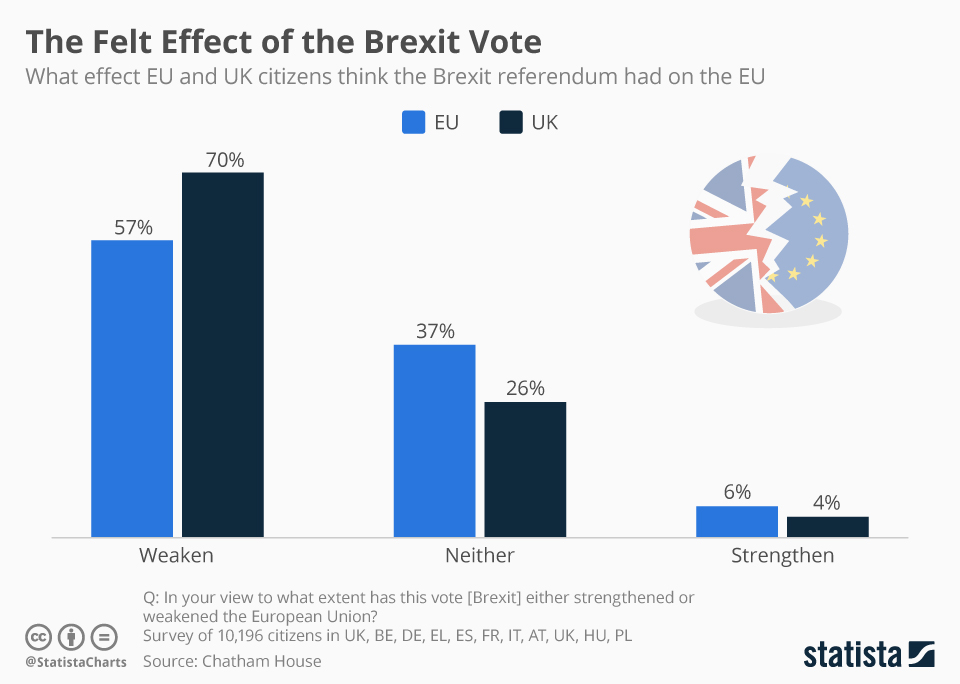Overcoming The Love Monster: A Step-by-Step Approach

Table of Contents
Identifying the "Love Monster": Recognizing the Signs of an Unhealthy Relationship
Recognizing the subtle (and not-so-subtle) signs of a toxic relationship is crucial. The "love monster" often masks its controlling behavior with displays of affection, making it harder to identify the underlying abuse. Learning to differentiate between genuine care and manipulative tactics is key to breaking free.
Control and Manipulation Tactics
The "love monster" uses various tactics to exert control and maintain power in the relationship. These can include:
- Constant Monitoring: Checking your phone, tracking your location, demanding constant updates on your whereabouts. This behavior reflects a deep-seated insecurity and a desire to control every aspect of your life.
- Isolation: Gradually isolating you from friends and family, creating dependency and limiting your support network. This makes it harder to seek help or external perspectives.
- Gaslighting: Manipulating your perception of reality, making you question your sanity and doubt your own experiences. This is a common tactic used to undermine your self-confidence.
- Financial Control: Restricting your access to money, controlling finances, or demanding an account of every penny spent. This financial dependence further strengthens the abuser's power.
- Threats and Intimidation: Using threats of violence, emotional blackmail, or other forms of intimidation to control your behavior and maintain dominance.
For example, constantly criticizing your appearance or choices, making you feel inadequate, and demanding you change to please them, are classic signs of controlling behaviors. The goal is always to diminish your self-worth and make you dependent on the abuser.
Emotional Abuse vs. Healthy Love
It's vital to differentiate between healthy love and manipulative behavior. Healthy love involves mutual respect, trust, and support. Unhealthy love, however, is characterized by control, manipulation, and emotional abuse.
- Emotional Blackmail: Using guilt, shame, or threats to manipulate your actions. For example, threats to self-harm if you leave are a form of emotional blackmail.
- The Cycle of Abuse: Understanding the pattern of abuse—tension building, abusive incident, honeymoon phase, and the repeating cycle—helps in recognizing the pattern and planning an exit strategy.
- Guilt Trips: Constantly making you feel guilty for your actions or choices, even when they are perfectly reasonable. This tactic is designed to keep you under control.
Self-reflection plays a crucial role in identifying these patterns. Keeping a journal can help you track instances of controlling or manipulative behavior and better understand the dynamics of the relationship.
Creating a Safety Plan: Protecting Yourself from the Love Monster
Creating a safety plan is vital for protecting yourself from further harm. This involves building a strong support system, securing your resources, and developing healthy boundaries.
Building a Support System
Confiding in trusted individuals is crucial. Reach out to:
- Trusted Friends and Family: Share your experience with those you trust, seeking their support and guidance.
- Therapists and Counselors: Professional help can provide guidance, coping strategies, and a safe space to process your emotions.
- Support Groups: Connecting with others who have experienced similar situations offers valuable support and validation. Online resources and communities can also be helpful.
- Emergency Contacts: Create a list of emergency contacts, including family, friends, domestic violence shelters, and the police.
Securing Your Resources
Gaining financial independence is crucial for safety and autonomy:
- Financial Independence: Start planning for financial independence. This might involve securing a job, seeking financial assistance, or creating a separate bank account.
- Housing: Begin exploring safe housing options, such as shelters or temporary accommodation.
- Legal Advice: Consult a lawyer to understand your legal rights and options, particularly regarding protection orders or legal separation.
Developing Healthy Boundaries
Setting and maintaining healthy boundaries is essential for protecting your emotional and physical well-being:
- Assertiveness: Learn to say "no" assertively, expressing your needs and limits clearly.
- Communication Limits: Set boundaries on communication—limiting contact, filtering calls, and blocking unwanted communication.
- Personal Space and Time: Protect your personal space and time, ensuring you have moments for self-care and reflection.
Breaking Free: Steps to Escape the Love Monster's Grip
Escaping the "love monster's" grip requires a multi-faceted approach that prioritizes self-care, planning a safe exit, and focusing on healing and moving forward.
The Importance of Self-Care
Prioritizing your well-being is critical during and after leaving an abusive relationship. Engage in:
- Physical and Mental Well-being: Focus on healthy habits, including exercise, proper nutrition, and sufficient sleep.
- Self-Esteem Building: Engage in activities that boost your confidence, such as pursuing hobbies, learning new skills, or spending time with supportive friends.
- Self-Compassion: Practice self-compassion and forgiveness—recognize that you are not to blame for the abuse.
- Therapy: Seek professional therapy to address trauma and develop healthy coping mechanisms.
Leaving the Relationship Safely
Planning a safe exit strategy is paramount:
- Safe Exit Plan: Develop a detailed plan, considering your resources, support network, and potential risks.
- Temporary Housing: Arrange temporary housing in a safe location, considering shelters or friends' homes.
- Inform Trusted Individuals: Inform trusted individuals of your plans for safety and support.
- Legal Assistance: If necessary, seek legal assistance to protect yourself during and after the separation.
Moving On and Healing
Healing from the trauma of an abusive relationship takes time and patience. Focus on:
- Self-Reflection: Reflect on your experiences, understanding the dynamics of the relationship, and identifying personal growth areas.
- Healthy Relationships: Focus on building healthy, respectful relationships based on trust, mutual respect, and emotional support.
- Realistic Expectations: Set realistic expectations for the future, recognizing that healing is a gradual process.
- Celebrate Progress: Acknowledge and celebrate the milestones you achieve along your healing journey.
Conclusion
Overcoming the "love monster" is a challenging but achievable journey. By recognizing the signs of an unhealthy relationship, creating a safety plan, and taking steps to break free, you can reclaim your emotional well-being and build a life filled with healthy, respectful relationships. Remember, you deserve love that nourishes, not controls. Don't hesitate to seek help and support—you are not alone in this fight. Take the first step today towards escaping the "love monster" and embracing a healthier, happier future. Learn more about recognizing and overcoming unhealthy relationships by [link to relevant resources/further reading].

Featured Posts
-
 Arda Gueler Real Madrid In Yeni Teknik Direktoeruenuen Etkisi
May 21, 2025
Arda Gueler Real Madrid In Yeni Teknik Direktoeruenuen Etkisi
May 21, 2025 -
 Abn Amro Kwartaalcijfers Stuwen Aex Koers Omhoog
May 21, 2025
Abn Amro Kwartaalcijfers Stuwen Aex Koers Omhoog
May 21, 2025 -
 Aimscaps Wild Ride A Deep Dive Into The World Trading Tournament Wtt
May 21, 2025
Aimscaps Wild Ride A Deep Dive Into The World Trading Tournament Wtt
May 21, 2025 -
 Liverpool Awaits Klopp Managers Return Confirmed Before Seasons End
May 21, 2025
Liverpool Awaits Klopp Managers Return Confirmed Before Seasons End
May 21, 2025 -
 Understanding The Love Monster Exploring The Dynamics Of Intense Relationships
May 21, 2025
Understanding The Love Monster Exploring The Dynamics Of Intense Relationships
May 21, 2025
Latest Posts
-
 The Brexit Effect Slowdown In Uk Luxury Goods Exports To The Eu
May 21, 2025
The Brexit Effect Slowdown In Uk Luxury Goods Exports To The Eu
May 21, 2025 -
 Brexit How Its Hampering Uk Luxury Exports To The Eu
May 21, 2025
Brexit How Its Hampering Uk Luxury Exports To The Eu
May 21, 2025 -
 Uk Luxury Brands Face Eu Export Challenges Post Brexit
May 21, 2025
Uk Luxury Brands Face Eu Export Challenges Post Brexit
May 21, 2025 -
 Brexits Grip On Uk Luxury Exports To The Eu
May 21, 2025
Brexits Grip On Uk Luxury Exports To The Eu
May 21, 2025 -
 Growth Opportunities Mapping The Countrys Evolving Business Hot Spots
May 21, 2025
Growth Opportunities Mapping The Countrys Evolving Business Hot Spots
May 21, 2025
